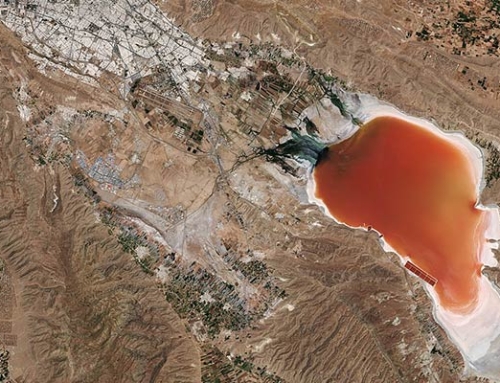The Quran Gate, also known as Darvazeh Quran, is a monumental archway located in the city of Shiraz, Iran. The archway is an important landmark and a symbol of the city’s rich cultural heritage. In this article, we will explore the history and significance of the Quran Gate and its role in the cultural and religious life of Shiraz.
History of the Quran Gate
Origins and Construction
The Quran Gate was built at the time of the Deylamid dynasty and renovated for the first time during the reign of the Zand dynasty in the 18th century. It was originally constructed as a gateway to the city and was designed to welcome visitors and pilgrims to Shiraz. The archway was also used as a place for the recitation of the Quran, which is where it gets its name.
Renovations and Restorations
Over the years, the Quran Gate has undergone several renovations and restorations to maintain its structural integrity and preserve its historical and cultural significance. In the 20th century, the archway was extensively renovated and restored by the Iranian government, which helped to ensure its continued importance and relevance.
Significance and Symbolism
The Quran Gate is an important symbol of Shiraz’s cultural heritage and its long-standing relationship with Islam. The archway is also a symbol of the city’s welcoming spirit and its tradition of hospitality towards visitors and pilgrims.
Design and Architecture of the Quran Gate
Layout and Dimensions
The Quran Gate is a monumental archway that spans the main road leading into Shiraz. It is approximately 14 meters high and 9 meters wide and is made of stone and brick. The archway is flanked by two towers, which are approximately 12 meters high.
Ornamentation and Decoration
The Quran Gate is adorned with a variety of decorative elements, including intricate tilework, calligraphy, and reliefs. The archway features verses from the Quran, as well as other Islamic inscriptions and motifs. The towers are also decorated with geometric patterns and floral motifs, which add to the overall aesthetic appeal of the structure.
Materials and Construction Techniques
The Quran Gate was constructed using traditional Persian building techniques, including the use of locally sourced materials such as stone and brick. The archway is made of stone, which was quarried from nearby mountains, while the towers are made of brick. The decorative elements were created using a variety of techniques, including tilework, stucco, and relief carving.
Cultural and Religious Significance of the Quran Gate
Role in Islamic Tradition
The Quran Gate is an important symbol of Islam and its role in Iranian culture and history. The archway is associated with the recitation of the Quran and is believed to have served as a place for the recitation of the holy book throughout its history.
Importance to the People of Shiraz
The Quran Gate is an important cultural and historical landmark for the people of Shiraz. It is a symbol of the city’s rich heritage and its long-standing relationship with Islam. The archway is also a reminder of the city’s welcoming spirit and its tradition of hospitality towards visitors and pilgrims.
Tourist Attraction and Cultural Icon
The Quran Gate is a popular tourist attraction and a cultural icon of Shiraz. It is visited by thousands of tourists and pilgrims every year, who come to see its impressive architecture and learn about its historical and cultural significance. The archway is also a symbol of Iran’s rich cultural heritage and its contributions to world architecture and design.



Leave A Comment